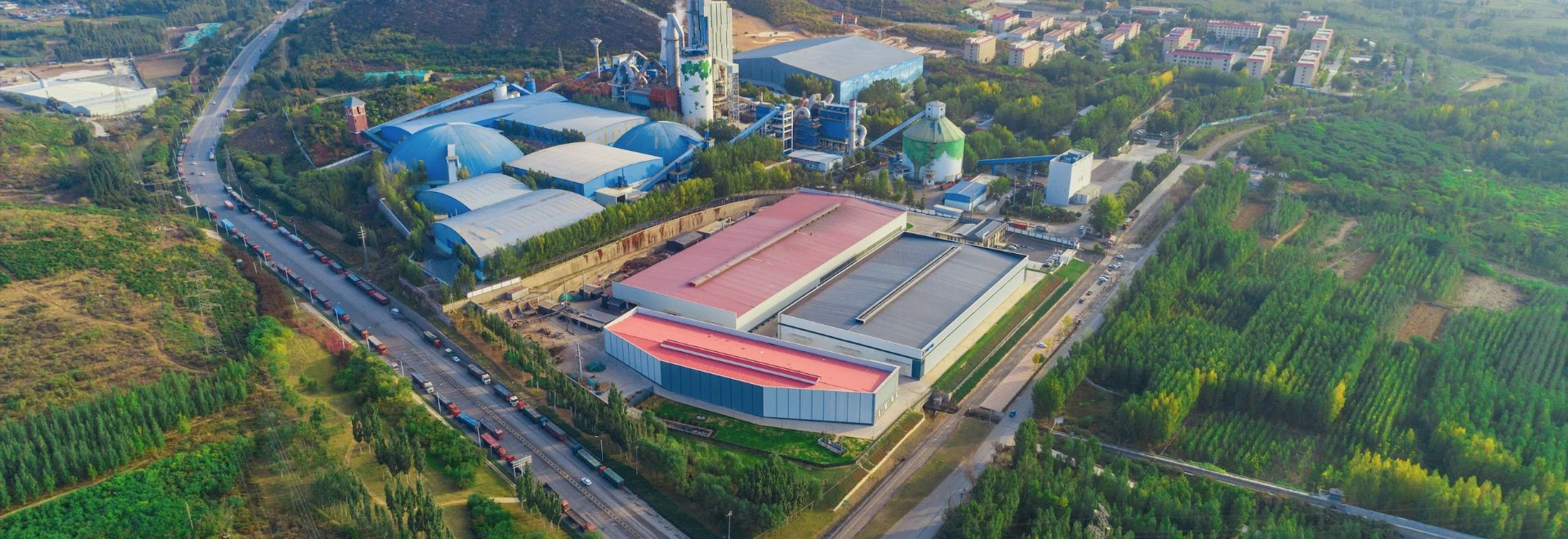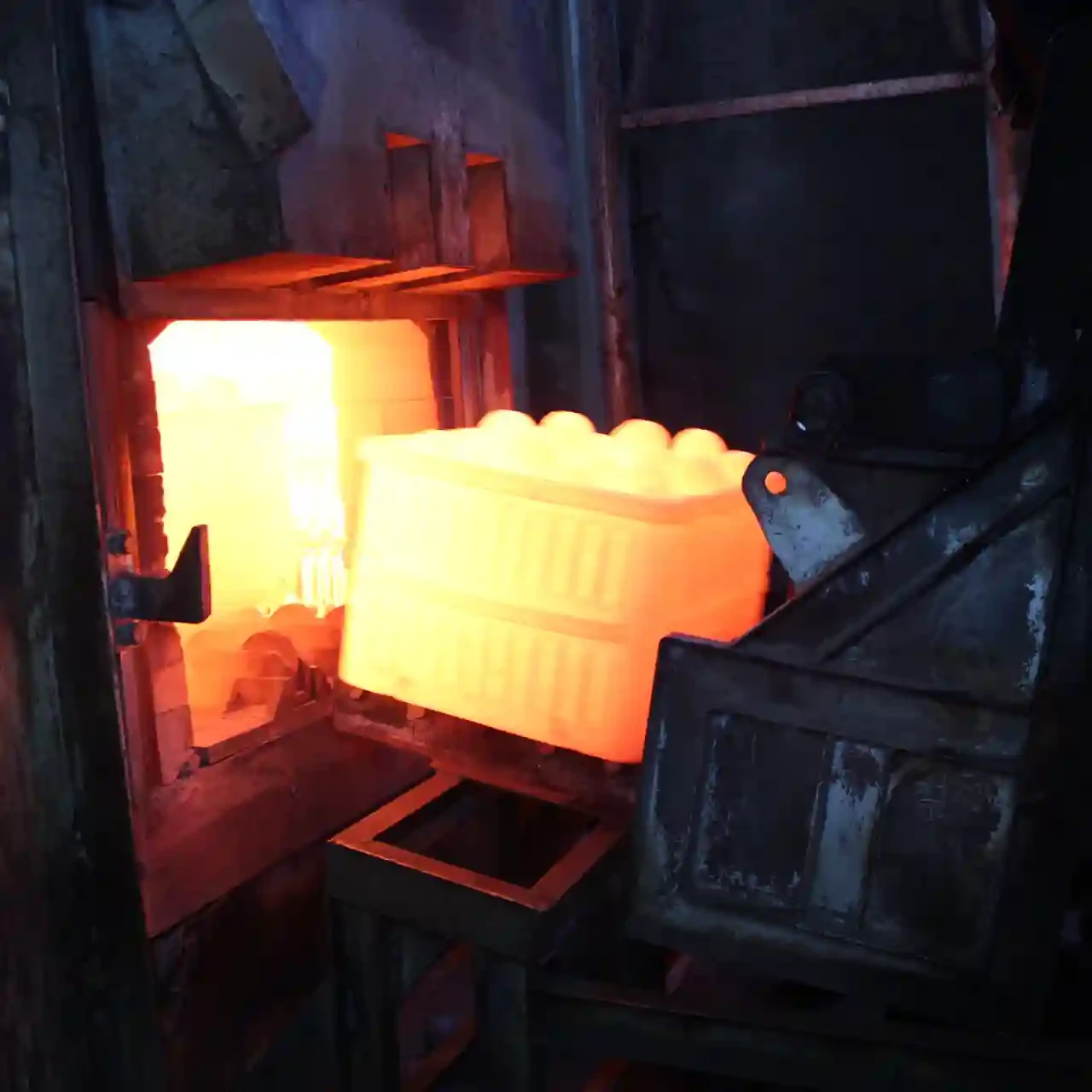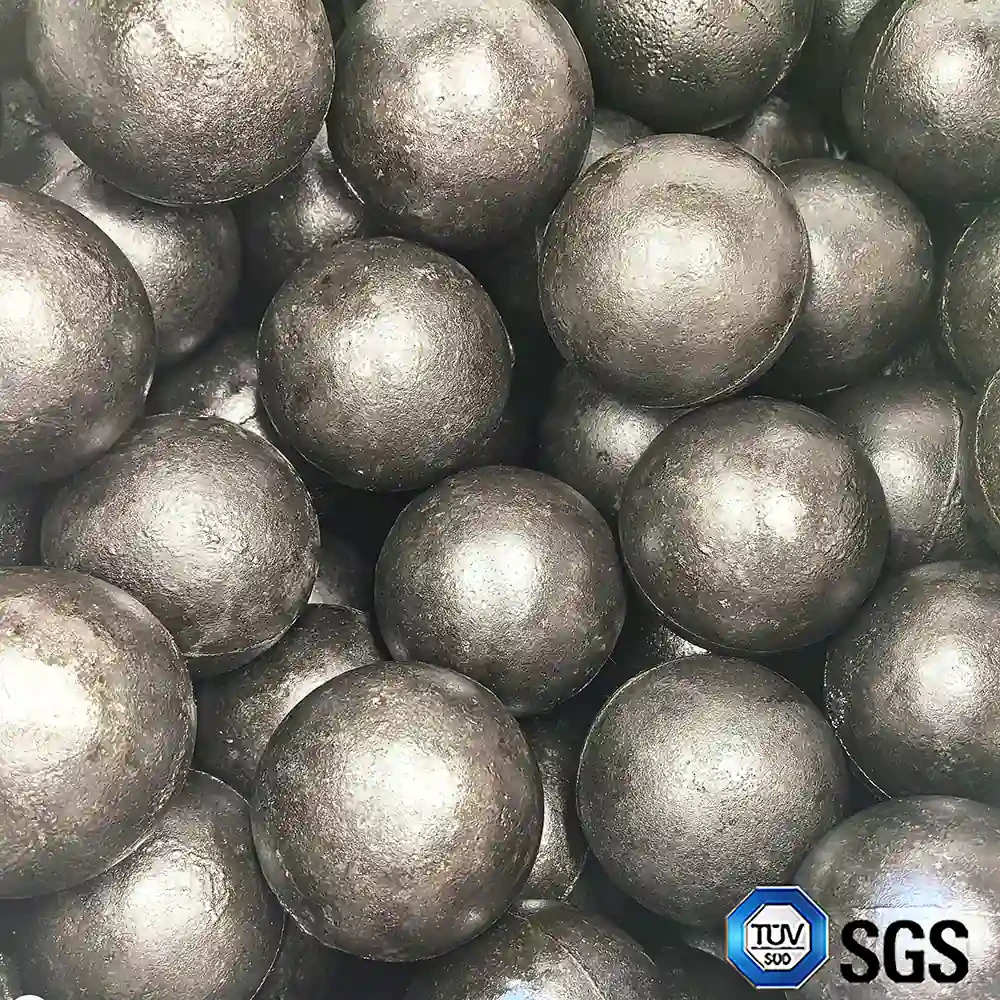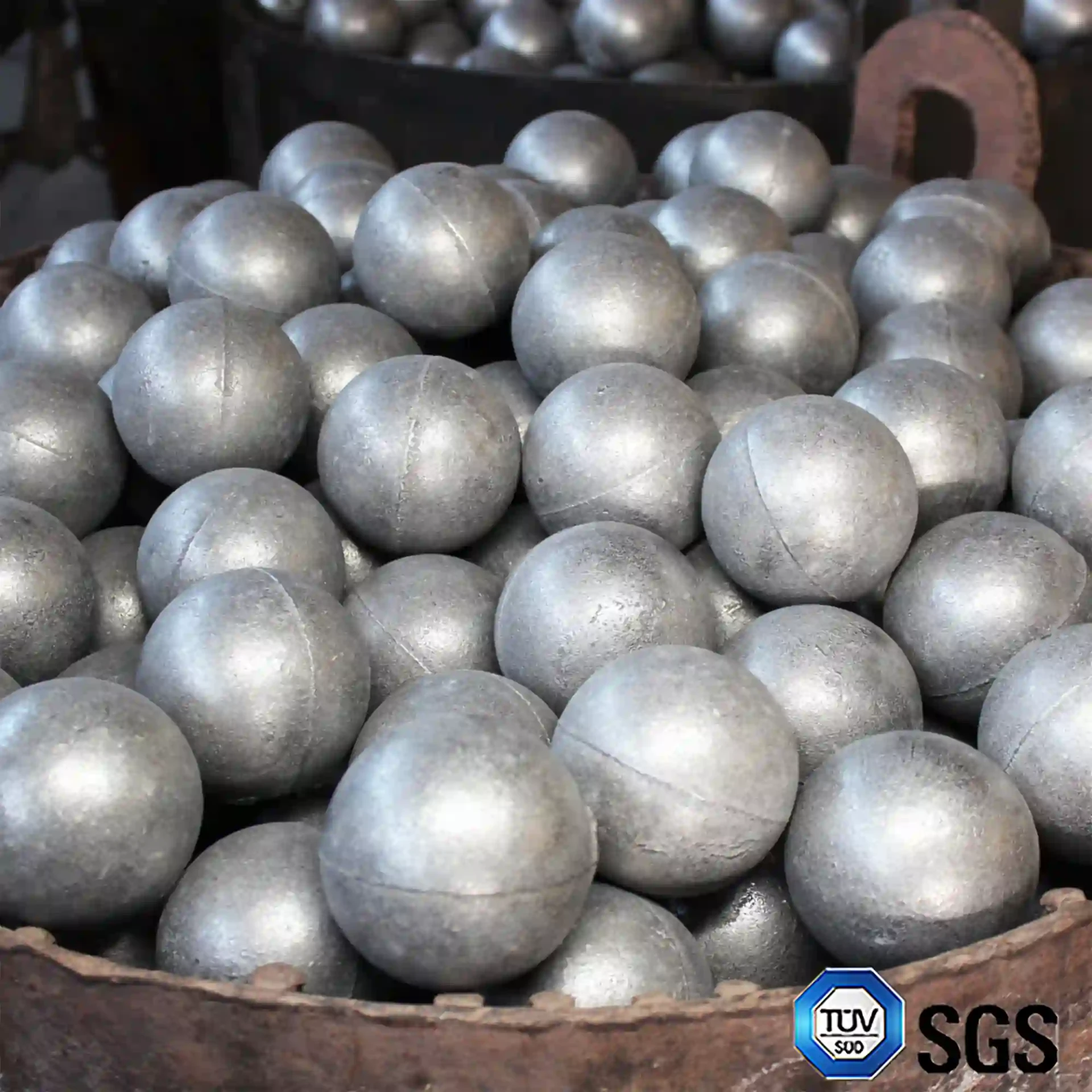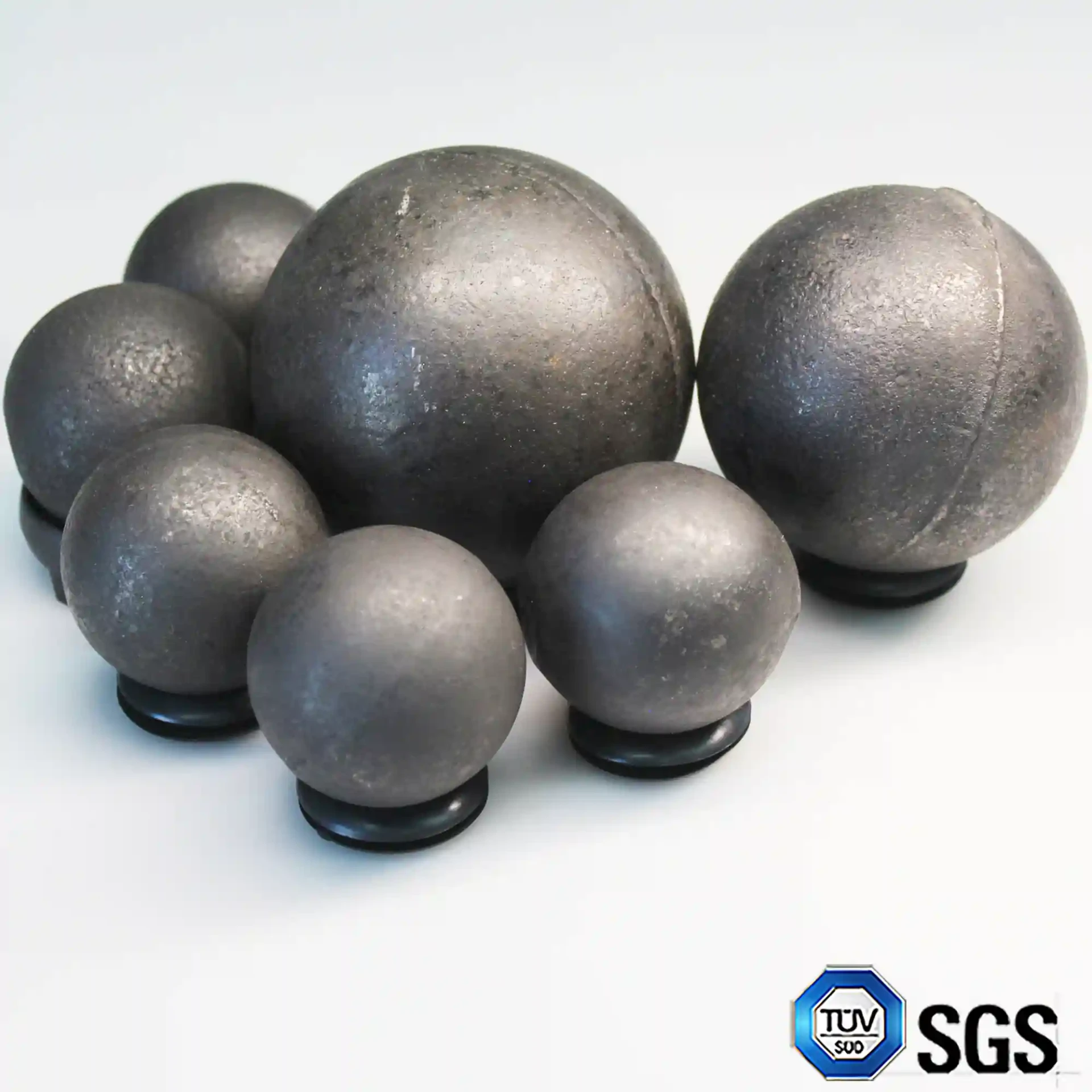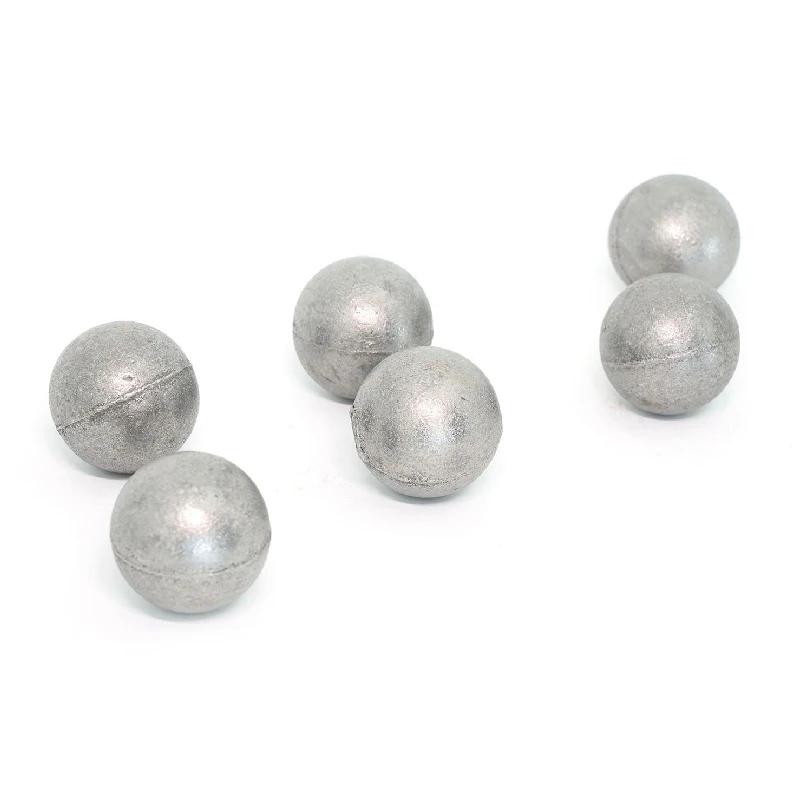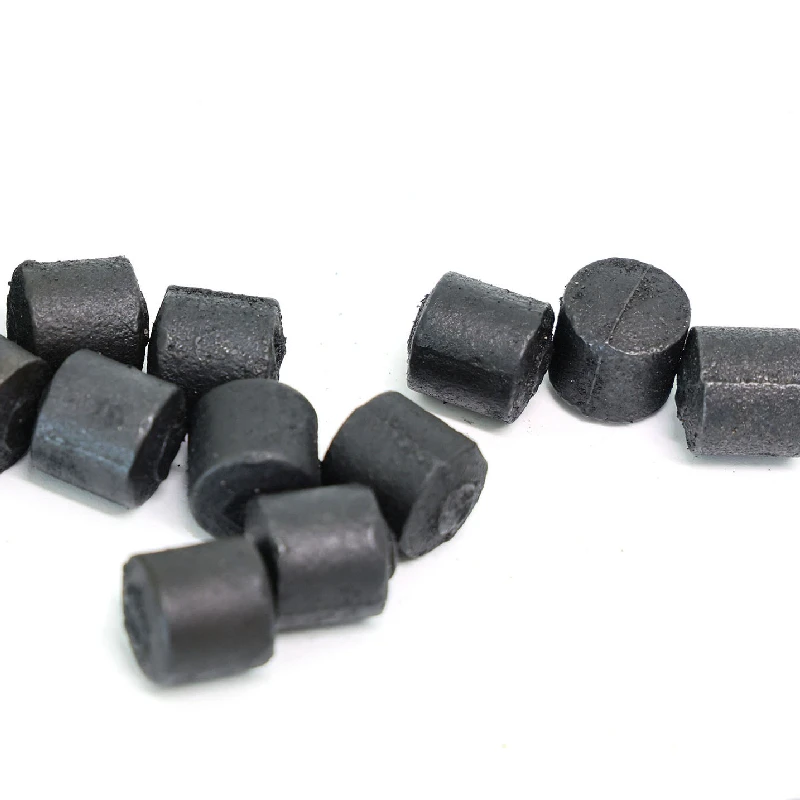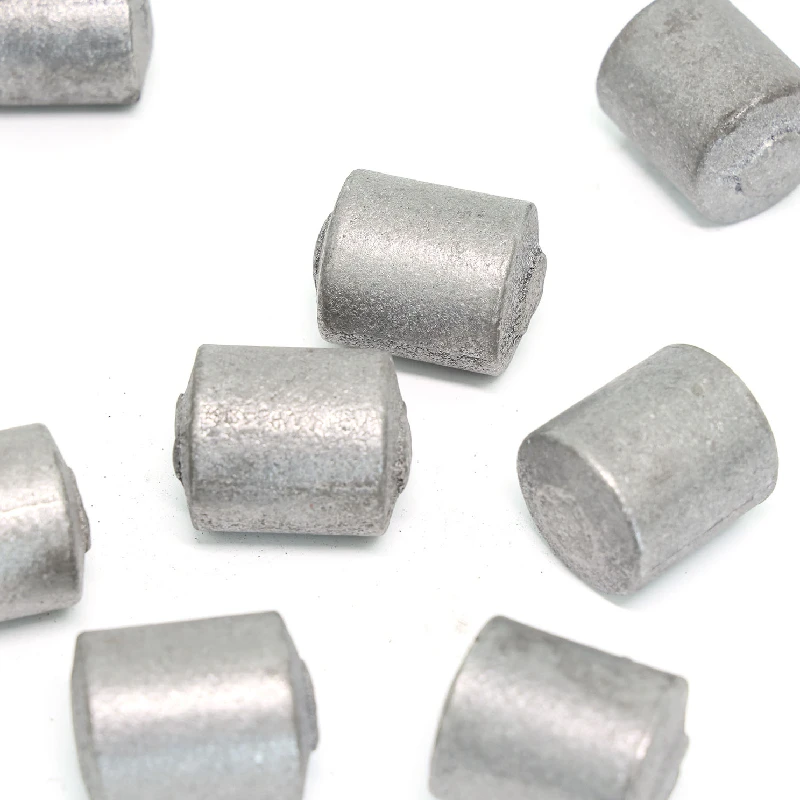Jul . 08, 2025 08:10 Back to list
High-Quality Placa de Revestimiento para Molino de Cemento – Durable Ball Mill Liner Solutions
- Introduction to placa de revestimiento para molino de cemento
and its industrial significance - Technical advantages and material innovation in liner plates
- Comparative analysis of leading suppliers in the market
- Customization solutions for diverse milling needs
- Case studies: Real-world applications and performance metrics
- Maintenance practices, durability, and operational lifecycle
- Future trends for placa de revestimiento para molino de cemento
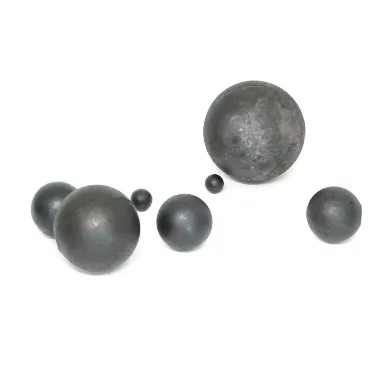
(placa de revestimiento para molino de cemento)
Introduction: The Strategic Role of Placa de Revestimiento para Molino de Cemento
In the cement production industry, the performance and reliability of grinding mills directly influence output quality and efficiency. The placa de revestimiento para molino de cemento, commonly known as the cement mill liner plate, serves as a critical wear-resisting component. It not only protects the mill shell from excessive wear but also optimizes ball trajectories, improves mill grinding efficiency, and extends operational cycles. With rapid expansion within the global cement sector and increasing demand for energy-efficient solutions, modern cement mills now handle production volumes ranging from 50,000 to 600,000 tons annually, making the choice of liner plate material and design pivotal. Furthermore, the global cement industry has grown at a CAGR of nearly 5% since 2017, underscoring the necessity for reliable and innovative liner technologies to support expanding operations.
Technical Advantages and Material Innovations
The technological landscape for placa de revestimiento del molino de bolas has evolved with advances in metallurgy, manufacturing, and surface engineering. Modern liner plates leverage high-chromium alloys, manganese steel, and composite materials, which demonstrate superior abrasion resistance and impact toughness compared to conventional steel. For example, high-chromium liners can exhibit wear rates as low as 0.01g/t, significantly outperforming standard carbon steel counterparts. Additionally, the availability of microstructure-engineered surfaces creates optimized ball movement patterns, reduces liner replacement frequency, and minimizes maintenance downtime. The integration of composite rubber-metal liners further dampens noise by up to 15–20 dB, enhancing workplace safety standards.
Comparative Analysis: Leading Suppliers and Their Products
Selecting the right molino de bolas de cemento liner manufacturer involves evaluating multiple criteria—material range, engineering customization, production capacity, and service excellence. Top global suppliers include Magotteaux (Belgium), SBM (China), FLSmidth (Denmark), and ME Elecmetal (Chile), each offering distinct technological strengths. The following table provides a data-driven comparison based on liner material, wear rate, customizable design, average lead time, and price range.
| Manufacturer | Primary Liner Material | Average Wear Rate (g/t) | Customizability (Yes/No) | Production Lead Time (days) | Price ($/ton) |
|---|---|---|---|---|---|
| Magotteaux | High-chromium alloy | 0.01–0.02 | Yes | 25–30 | 3,500–4,200 |
| SBM | Manganese Steel | 0.02–0.03 | Yes | 20–28 | 2,800–3,200 |
| FLSmidth | Composite rubber+steel | 0.015–0.025 | Yes | 27–35 | 4,000–4,500 |
| ME Elecmetal | Medium-chrome iron | 0.02–0.04 | Yes | 30–36 | 2,900–3,800 |
These figures reflect the industry's commitment to both innovation and cost-effective supply, allowing cement plants to select optimal solutions tailored to their budget and operational targets.
Customization Solutions for Milling Applications
Addressing the diversity of raw material properties and mill designs, leading manufacturers offer bespoke placa de revestimiento para molino de cemento solutions. Customization parameters include liner profile geometry, thickness, hole configurations, and material composition. For example, low-profile wave liners are favored in high-throughput mills for their ability to reduce energy consumption by up to 8%, while stepped liners facilitate enhanced grinding of coarser feedstock. Additionally, plant-specific adaptations—such as reinforced retaining rings or modular segment design—enable quick on-site replacement, reducing annual mill stoppages by 10–12%. Digital simulation tools now allow precise prediction of liner performance under varying load profiles, facilitating predictive maintenance and scheduling.
Case Studies: Application Success and Performance Metrics
The application of advanced liner systems has demonstrated measurable improvements across global cement operations. For example, a 2022 retrofit at a 1.2Mtpa cement plant in India resulted in a 27% reduction in liner wear and a 12% decrease in overall mill energy consumption after switching to high-chromium alloy plates. Similarly, a North American facility using composite liners reported a prolonged operational cycle, with scheduled liner changes extended from 9 to 14 months. The following table summarizes selected case results:
| Plant Location | Production Capacity | Liner Type | Wear Reduction (%) | Energy Saving (%) | Liner Lifespan Extension (months) |
|---|---|---|---|---|---|
| India | 1.2Mtpa | High-chromium alloy | 27 | 12 | 5 |
| Mexico | 800,000 tpa | Composite rubber-steel | 18 | 10 | 6 |
| USA | 2Mtpa | Manganese steel | 20 | 7 | 3 |
| Turkey | 950,000 tpa | Medium-chrome iron | 22 | 9 | 4 |
These examples highlight that the strategic selection and customization of liner materials has tangible impacts on plant output, cost-per-ton, and unplanned downtime.
Maintenance, Durability, and Lifecycle Management
The operational longevity of placa de revestimiento para molino de cemento is contingent upon both engineering quality and proactive maintenance strategies. Leading cement plants deploy condition monitoring systems—such as acoustic sensors and ultrasonic thickness gauges—to forecast wear patterns and schedule liner replacements. Studies indicate that proactive inspections can reduce emergency shutdowns by up to 60%, translating to annual cost savings exceeding $200,000 for mid-size cement facilities. Routine surface inspections, torque-verification, and the application of anti-corrosive coatings further extend service life. Additionally, the adoption of boltless liner systems accelerates replacement times by 35%, reducing both labor requirements and safety incidents during maintenance windows.
Future Trends in Placa de Revestimiento para Molino de Cemento: Toward Smarter Mills
As the cement industry enters an era of digital transformation, the evolution of placa de revestimiento para molino de cemento technologies is increasingly shaped by data analytics and sustainability imperatives. Integration with advanced IIoT (Industrial Internet of Things) systems enables real-time monitoring of liner wear states and predictive maintenance scheduling, ensuring optimal mill uptime. Furthermore, the drive toward eco-efficiency encourages the development of recyclable composite liners and low-CO2 alloying strategies. Industry forecasts predict a 15% increase in the adoption of smart liner monitoring solutions by 2027, marking a decisive shift toward fully connected, self-optimizing cement grinding operations. For operators, embracing these emerging technologies offers a path toward consistently high productivity, reduced environmental footprint, and maximized return on capex across the manufacturing lifecycle.
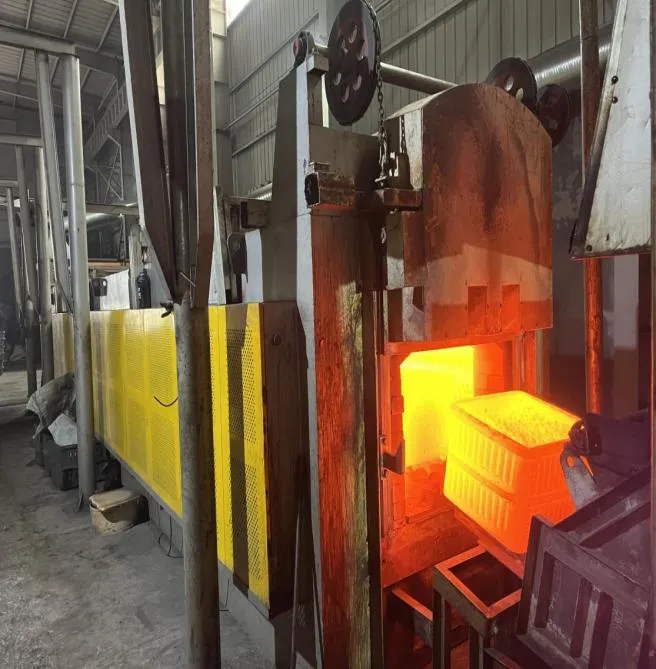
(placa de revestimiento para molino de cemento)
FAQS on placa de revestimiento para molino de cemento
Q: What is a placa de revestimiento para molino de cemento?
A: A placa de revestimiento para molino de cemento is a liner plate used in cement mills. It protects the mill shell from wear and improves grinding efficiency. These liners are essential for the smooth operation of cement ball mills.Q: What materials are used for placa de revestimiento del molino de bolas?
A: Placa de revestimiento del molino de bolas is commonly made from high manganese steel or alloy steel. These materials offer excellent wear resistance and durability. Proper material selection extends the service life of the liners.Q: Why is the liner plate important for a molino de bolas de cemento?
A: The liner plate protects the internal structure of the cement ball mill from impact and abrasion. It also helps optimize grinding performance and efficiency. Regular maintenance of liner plates ensures continuous production.Q: How often should a molino de bolas de cemento liner be replaced?
A: Liner replacement depends on the operating conditions and the material milled. Typically, liners last between 6 months to 2 years. Regular inspection can determine the right time for replacement.Q: Can placa de revestimiento para molino de cemento be customized?
A: Yes, liner plates can be customized according to mill size and grinding requirements. Customization includes thickness, shape, and material composition. This ensures optimal protection and grinding performance.-
Expert Insights on Fabrica de Molinos de Bolas: Industry Trends & Global Applications
NewsNov.24,2025
-
Expert Insights on Fabricantes de Bolas de Molienda de Acero: Global Applications & Trends
NewsNov.23,2025
-
Leading Fabricantes de Bolas de Molienda: Your Ultimate Guide to Grinding Balls
NewsNov.23,2025
-
Fabricante de Bolas de Molienda – Quality Grinding Balls for Efficient Industry
NewsNov.23,2025
-
Trusted Proveedores de Medios de Molienda for Efficient Industrial Grinding
NewsNov.22,2025
-
Proveedores de Bolas de Molienda: Your Guide to Top Grinding Ball Suppliers & Industry Insights
NewsNov.22,2025
Realted Products

